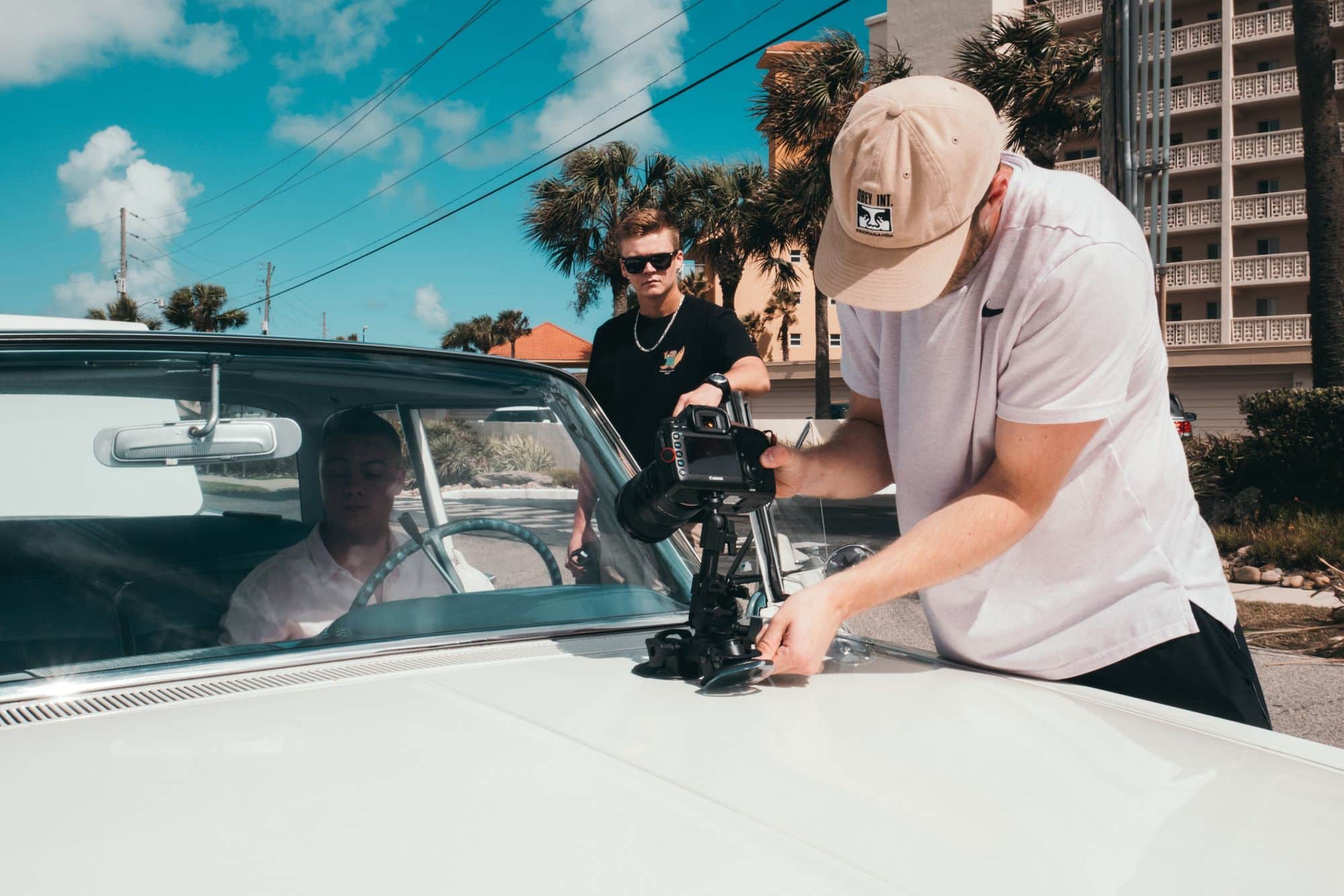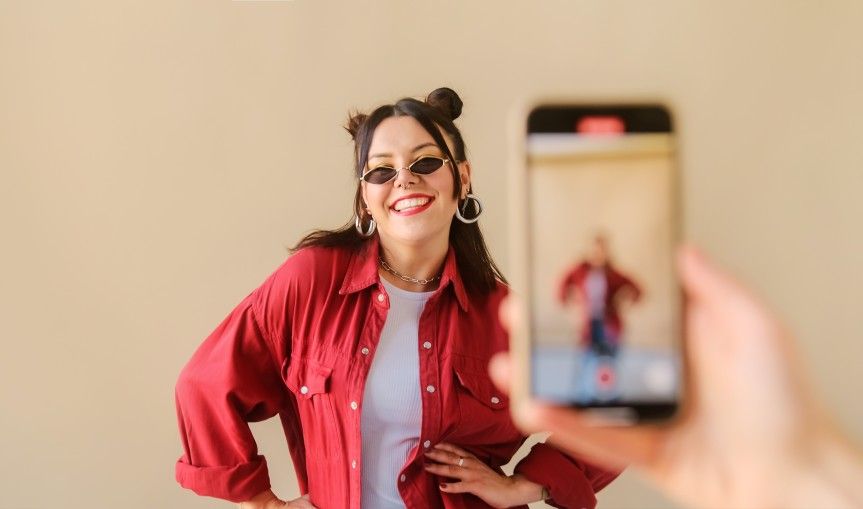We‘ve all seen videos on Social Media, ranging from simple generated Happy Holidays videos to full blown productions. But did you know that theres a huge difference between the two? I’m not just talking about the use of actual people in them, but the behind the curtain aspect of prepping, planning, and implementing a real Storytelling Video.
In this blog post I will take you behind the scenes of what goes into a Social Media Video.
Pre Production
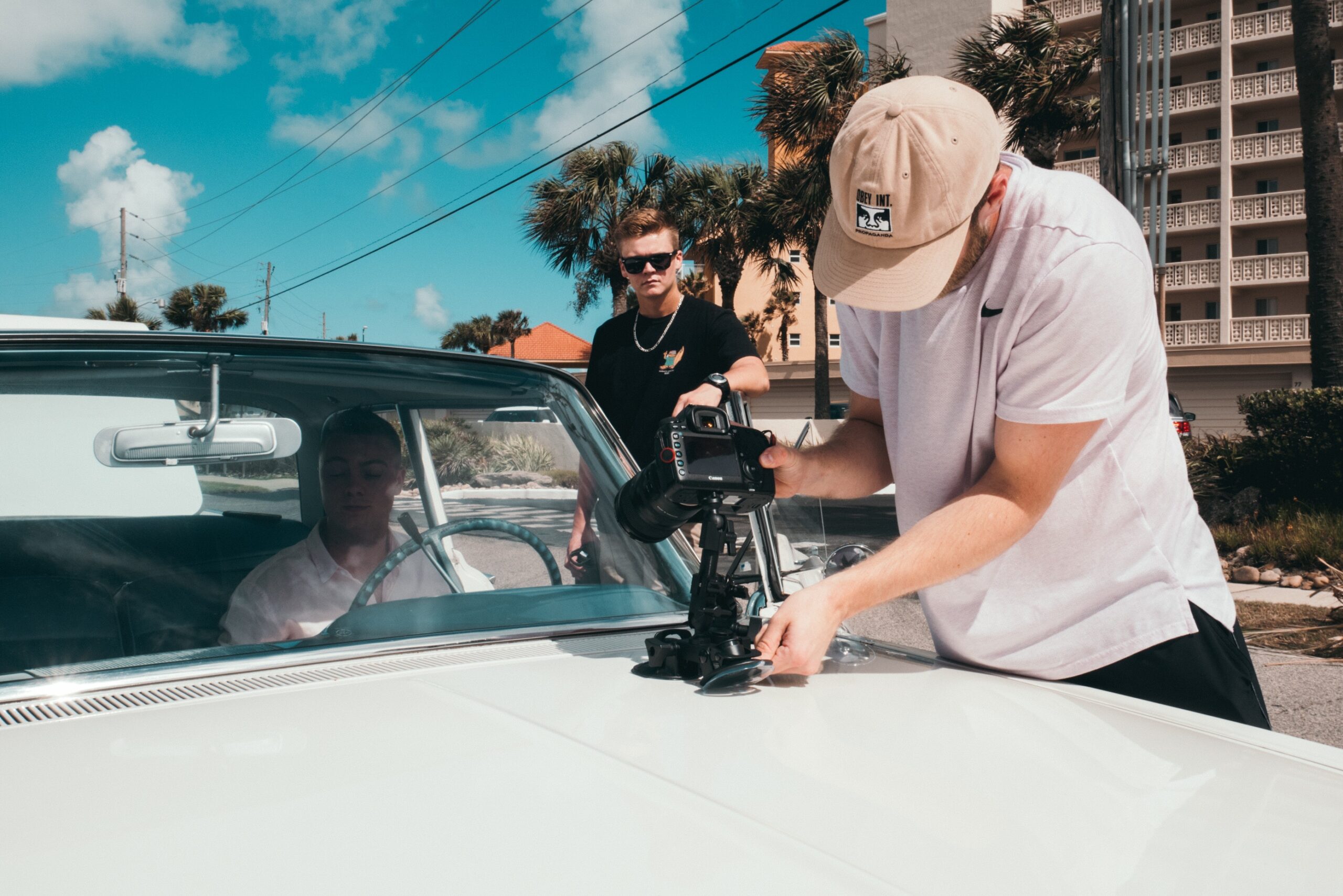
Before any video content is shot, everything needs to be planned out. A typical production team collaborates with the business and takes ”We want to sell more X“ and turns that into a “Storytelling Script” that checks all the boxes for the business goals. The production team then has to figure out who will be on camera, where everything will be shot, and how long the video should be.
A typical checklist consists of:
- Storyboard
- Shot List
- Actors/Employees to be in the video
- Locations Scouting
- Teleprompter Script
- Types of Equipment involved
- What key points do you want the video to touch on
- Call to Action
Production Gear
Prep work is one of the longest and most essential steps in the entire production. The production team needs to make sure that all of the equipment is charged, as well as make sure that all of the equipment is actually functional. An example of this is a video stabilizer. You might not notice it, but most of the professional videos you see the shooter is utilizing a gimbal/stabilizer to provide smooth tracking and camera movements. Keep in mind, a typical small production could consist of 2 Cameras, 3 Lenses, 2 Pieces of Audio Equipment, 3 Memory Cards, and 2 Lights.
Typical Prep work consists of:
- Make sure all equipment and backup equipment is charged and functional.
- Lenses much be cleaned.
- Memory Cards should be ready for use and formatted.
Production
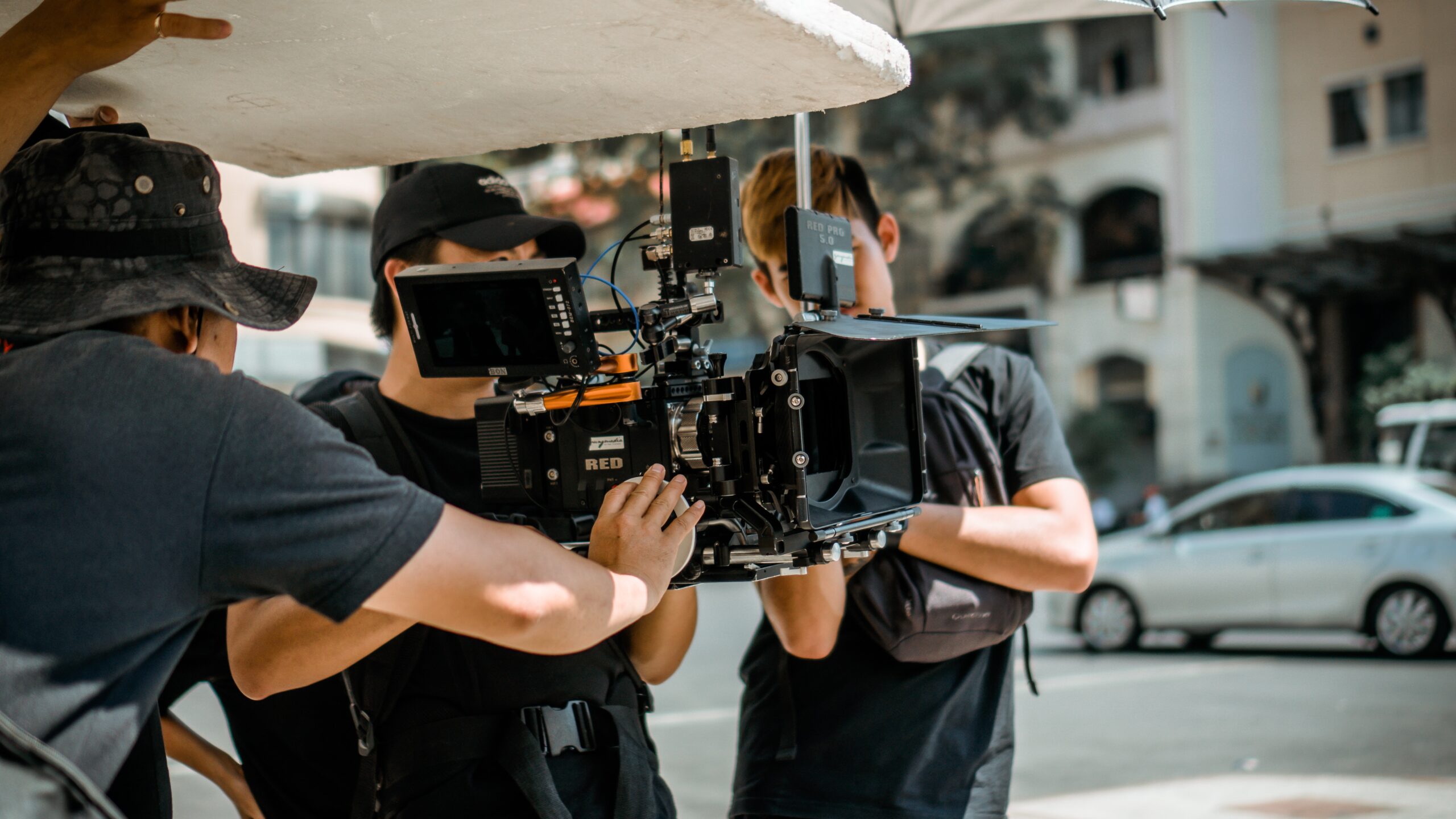
The day or days of production is when the fun starts. This is where you get to be creative and bring everything you planned on paper to life.
Interviews of the business owner may be shot – or if this is a scripted promo piece there may be actors being directed.
This is the execution phase, and as long as your pre-production phase successfully checked out then you should be able to execute.
Post Production
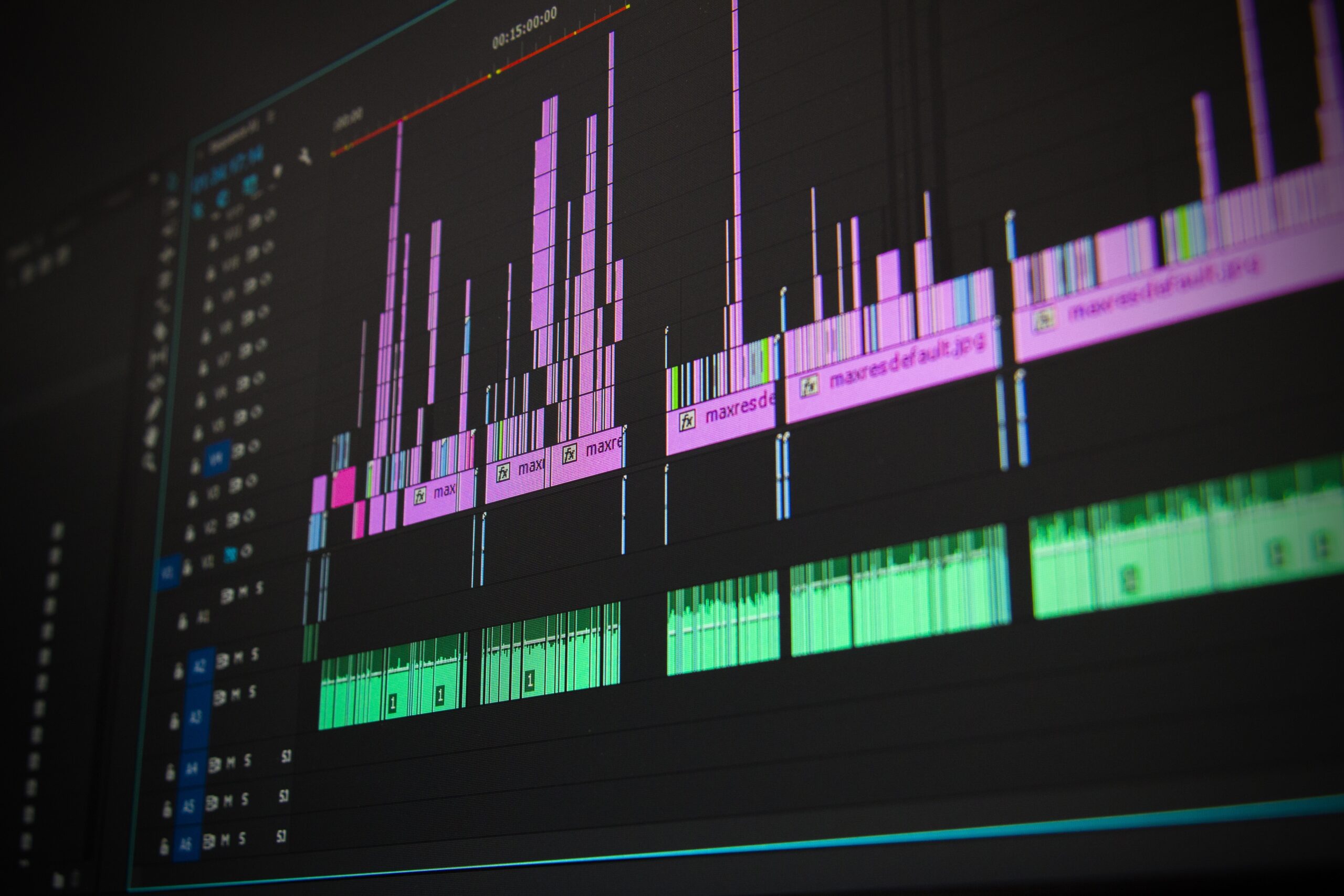
The editing room is where the video comes to life. As they say, this is where the magic happens.
Some popular editing tools creators will use are Adobe Premiere, Final Cut Pro, or Davinci Resolve.
Key Items in the editing process:
- Upon Ingestion – organize project files, footage, and assets in a proper folder structure.
- Music to accompany and optimize your footage – this should add to your story and goal, not distract from it.
- Sound Effects (very important) – many people don’t realize sound design is just as important as the visuals in your video.
- Selects – these are the most important/best clips you have picked out when scrubbing through all of your raw footage.
- Export – these settings will vary depending on the platform/medium in which you intend to upload the final video to. But for most social media videos being uploaded to Instagram and Facebook the H.264 codec will be best.
